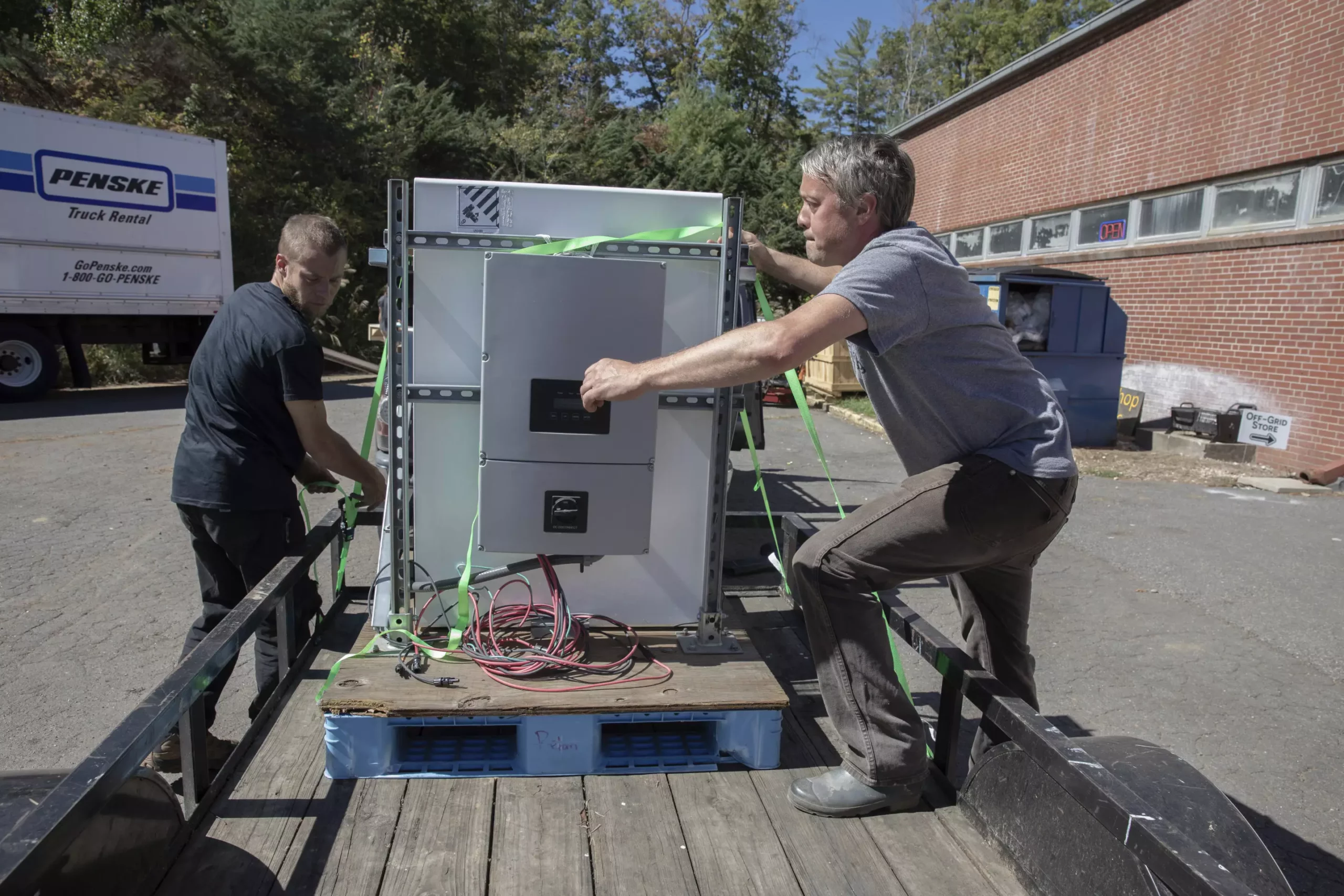In the aftermath of Hurricane Helene, residents in the mountainous regions of North Carolina are grappling with an environmental disaster that has left thousands in dire conditions. Bobby Renfro, a retired railroad worker, has transformed a former church in Tipton Hill into a community resource hub. Here, he tirelessly accommodates neighbors who have been stranded without power. The droning sound of a gas-powered generator has become a constant reminder of their struggle, providing essential electricity for medical equipment and perishable medicines. Yet the price of reliance on this generator is high—not only financially, with Renfro spending over $1,200 on it and incurring substantial fuel costs—but also psychologically, as the noise drowns out hope.
Without electricity, approximately 43,000 residents remain cut off, unable to maintain basic healthcare or communicate with the outside world. The challenges facing this community are compounded by the rugged terrain and heavy destruction, making it difficult for repair crews from across the country, including Canada, to restore power swiftly. The difficulties encountered in the densely forested mountain landscapes mean that many roads and infrastructure have been obliterated, emphasizing the enormity of the task ahead.
Restoration efforts are hindered not only by physical barriers but also by the nature of the damages. Utility crews have shifted from standard repair operations to full-scale reconstruction. Kristie Aldridge, the vice president of communications at North Carolina Electric Cooperatives, highlights the contrast with usual repair work: “They’re rebuilding from the ground up.” The physical hardship is mirrored by emotional strain, as many local residents feel marooned, echoing Renfro’s sentiments about the outside world’s lack of understanding of their plights in these “hollers.”
The reliance on gas and diesel-powered generators has its own burdens. Fuel availability is erratic and often requires long drives, and the health hazards associated with generator emissions pose additional risks to already vulnerable individuals. As many community members wait for help, an increasing urgency arises around finding sustainable and alternative energy sources.
In a positive turn of events, the arrival of integrative and sustainable solutions shines through amid the chaos. Volunteers from the Footprint Project, alongside local solar technology providers, delivered solar generators with an array of solar panels to Renfro’s location. This innovative solution is another step forward in alleviating dependence on noisy gas generators, as it promises not only efficiency but also a quieter, cleaner source of power that can significantly improve life for the impacted residents.
The Footprint Project plays a critical role in the disaster relief efforts, providing sustainable mobile energy infrastructure and other essential supplies to various locations throughout the stricken area. They have creatively managed to deliver solar microgrids and systems that can efficiently convert water from air as part of their comprehensive assistance strategy. Will Heegaard and Jamie Swezey spearhead these efforts, underscoring their commitment to reducing the carbon footprint typically associated with emergency responses.
The spirit of resilience characterizes the community response, as residents, local volunteers, and out-of-state helpers unite in a concerted effort to restore normalcy. The collaboration of skilled tradespeople—such as solar energy installers and equipment operators—demonstrates a grassroots commitment to assist those most in need. As larger community hubs arise from individual households, the sharing of resources is becoming increasingly common. Julie Wiggins, another local leader, illustrates this burgeoning network by successfully rallying assistance to support struggling families.
The community, previously cut off and isolated, realizes that outside help is essential for long-term recovery. The provision of solar panels and batteries empowers households, allowing them to maintain refrigerated medicines and basic communication tools. Even under extraordinary circumstances, like navigating rugged terrains or temporarily utilizing helicopters to lower batteries, the collective resilience shines through.
Despite the ongoing efforts, many challenges remain. Damage to homes and community facilities may slow recovery, leaving areas without power for extended periods while residents await necessary repairs. The Footprint Project’s commitment to remaining in the area is crucial; they recognize that the true recovery process extends far beyond reestablishing power. Understanding that needs will persist long after the immediate threat has passed, their foresight highlights the importance of sustainable habits in disaster responses.
Ultimately, Hurricane Helene’s aftermath is marked by a painful but poignant story of community resilience, innovation, and the undying spirit of helping one another amid adversity. Long-term recovery requires not just immediate relief but an enduring commitment to sustainability, empowerment, and collective strength. The strength of individual communities, aided by innovative solutions, can pave the way for a brighter future.

